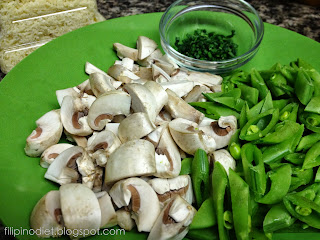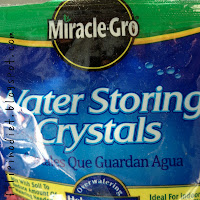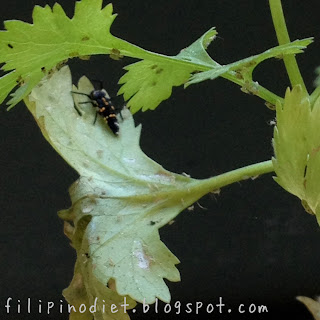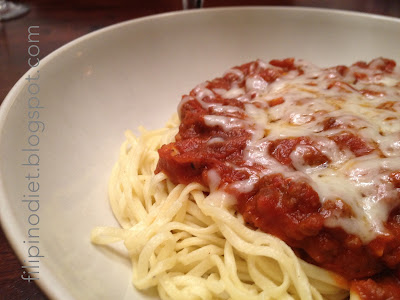For us who love their meats + starch meals, it gets to be somewhat challenging trying to think of dishes that incorporates a lot of vegetables - and for the dish to remain tasty. This is a concoction we came up with one day.
Fettucini with mushrooms and peas
INGREDIENTS
sliced mushrooms, about 1 cup
sliced snap peas, about 1 cup
chopped chives, about 1/2 tablespoon
butter, about 1 tablespoon
grated parmesan cheese, about 1-2 tablespoons
cream, about 1-2 tablespoons
white wine, about 1/4 to 1/2 cup
I rarely measure anything when I concoct recipes from my mind. And for such ingredients as vegetables - it is really difficult to get an accurate measurement anyway. So, instead of giving you exact measures, I had taken a photo of the initial ingredients, and you can see the ratio of ingredients I had used. The values above are approximations. Cooking is more an art than a science, in my opinion. But this is not my expertise, so don't quote me on that. :)
PROCEDURE
- I had actually pan fried a chicken breast to give us some extra protein. So for that, I seasoned the chicken breast with salt, pepper, and paprika. Heated up a small amount of butter in a pan, and placed the chicken on to brown. Flip over, and fry until cooked.
- Take off chicken, and place on a paper towel to draw some extra fat from the butter off.
- Deglaze frying pan (where you cooked the chicken) with the white wine - should sizzle - and this will help you scrape off the bits that got cooked on the bottom of the pan. This should not take too long, and the wine will begin evaporating.
- If you don't do the chicken step, begin here.
- Add the butter on to the pan, with a little bit of the wine still boiling away (if you did steps 1-3). When butter is melted, add mushrooms, and sautee until liquid starts slightly collecting.
- Add the peas. Saute for a few minutes, until desired doneness. (I did this rather quickly, fresh peas impart such wonderful sweet flavor!)
- Add cream. Keep stirring and allow cream to evaporate until only about half remains.
- Add parmesan, and salt and pepper to taste. Stir a couple of times, then take off the heat. Serve!
My husband made fresh fettucini, and we served the vegetables on top, and sprinkled lightly with parmesan. Yummy, and we got our vegetable serving!

























